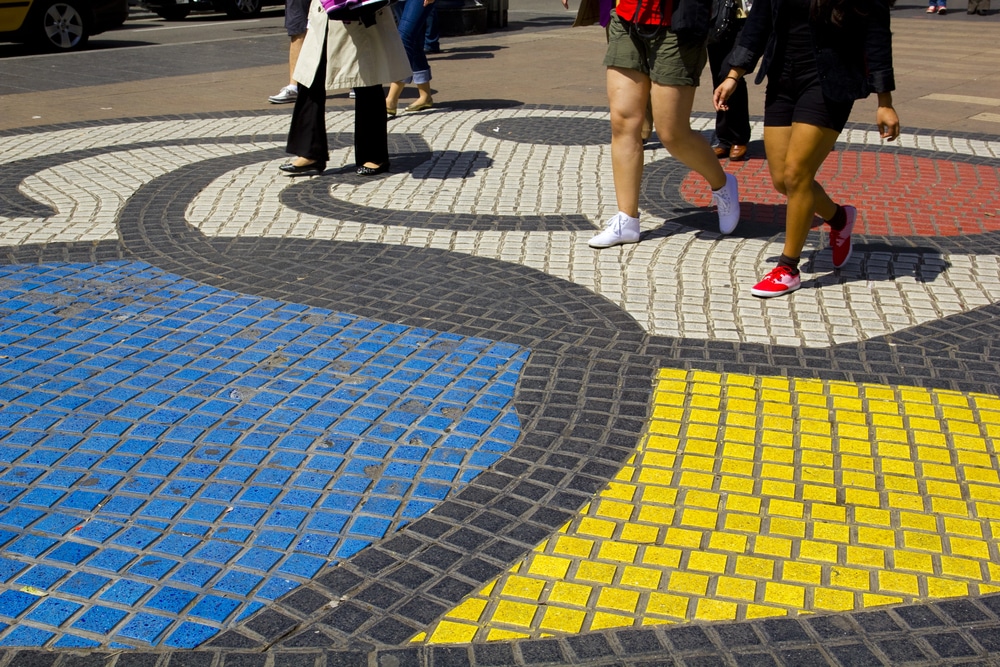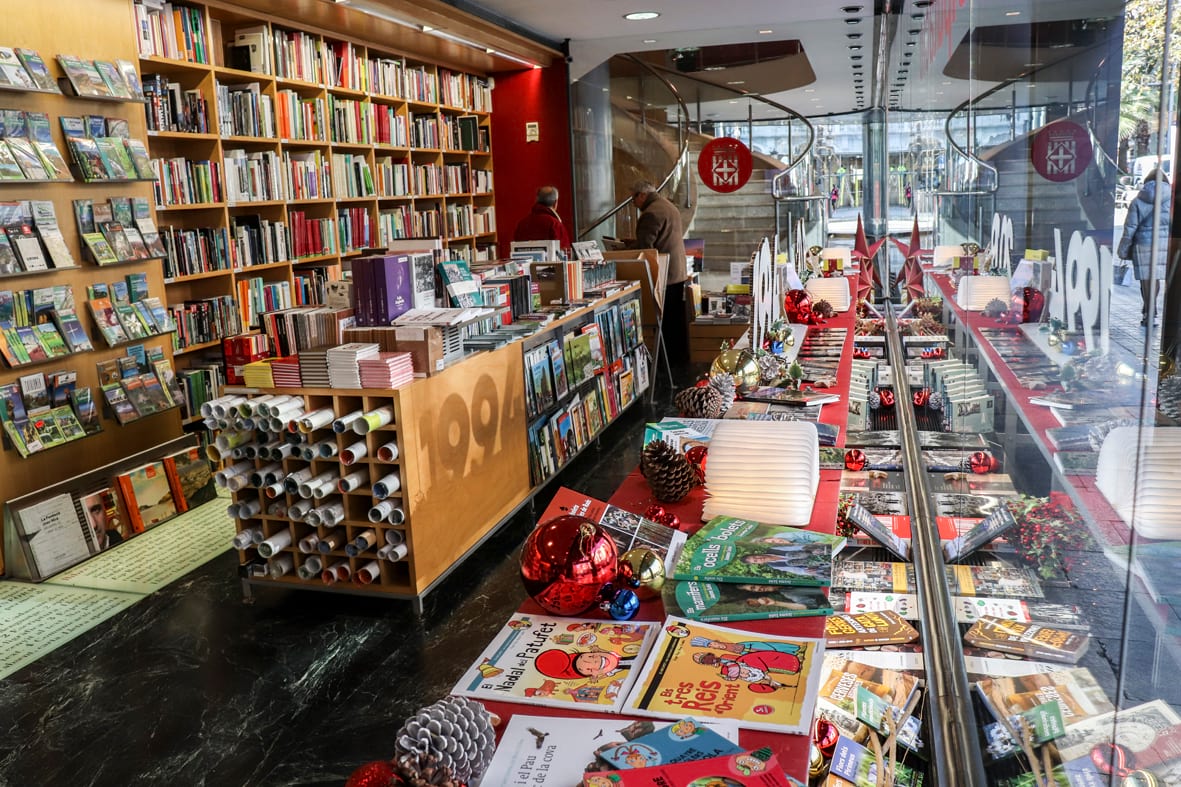For decades, Barcelona’s La Rambla has been a focal point of the city, a space that pulses with the lives of locals and tourists alike. This famous avenue not only channels human traffic between the Gothic heart and the city’s Líneas Mar, but also harbors a rich history of colorful commerce. Among its most curious attractions, until recently, were the stops of the old ocellaires. Now, with an eye to the future, Barcelona bids farewell to these stalls to make way for a new chapter in its history.
 Farewell to the ocellaires: a tradition in transformation
Farewell to the ocellaires: a tradition in transformation
The removal of the ocellaires stalls is part of a comprehensive urban transformation aimed at revitalizing and modernizing this emblematic promenade. These stalls, which once sold birds and other small animals, eventually evolved into small trinket stores. However, changing animal welfare regulations and the expectations of the modern urban visitor have, over time, challenged their presence.
The decision to remove them was not impulsive. It was the result of years of discussion and planning between the city council, neighbors and the people in charge of these family businesses. The change comes as part of a broader strategy to improve the citizen and tourist experience by promoting a safer, greener and more accessible environment for all.
La Rambla: from market to open-air museum
With the removal of these traditional stops, La Rambla will not be deserted. New projects are underway to transform this artery into a dynamic and inclusive cultural space. The vision is to reposition La Rambla as a catalyst for artistic activities and public events that honor the traditional and contemporary value of the city.
Temporary art installations, outdoor music and community gathering spaces are planned. The goal is to capture not only the constant flow of international visitors, but also to reconnect locals with this iconic space. The idea is simple: to turn La Rambla into an open-air museum that tells the story of Barcelona’s history and dynamic culture.
Potential benefits of change
The restructuring of La Rambla brings with it multiple benefits. First, the improved streetscape will make it more pleasant and attractive to all who walk its streets. A less congested environment will allow visitors to enjoy the architecture and other cultural elements that often go unnoticed.
Second, the initiative is an opportunity to reinforce Barcelona’s commitment to sustainability. By removing obsolete stalls and simplifying infrastructure, a cleaner and more environmentally friendly avenue is achieved. This aligns with the city’s broader efforts to reduce pollution and encourage the use of environmentally friendly transport.
Finally, generating a new cultural offer, centered on the arts and the community, will increase tourist attractiveness. By offering unique and enriching experiences, Barcelona seeks to position itself as a cultural destination not to be missed in Europe.
An example for other cities
This change at La Rambla is a reminder of how cities must adapt and evolve to meet the needs of their communities. The solutions envisioned not only seek to rectify present issues, but to anticipate future demands.
The approach taken by Barcelona could serve as an inspirational model for other major cities around the world facing similar challenges with respect to public space. By prioritizing citizen well-being and cultural value over ephemeral commercial interests, Barcelona demonstrates that it is possible to create an urban environment that respects both people and the environment.
From traditional to modern
The removal of the old ocellaires stops on La Rambla is not just a physical change, it is a symbol of the adaptability of a city that honors its past while embracing the future. Barcelona, with these changes, reaffirms its position as a leader in urban innovation without ever losing the human touch that makes it so special. The city is setting the pace of a new rhythm that invites locals and tourists to walk together in this new stage.


 Farewell to the ocellaires: a tradition in transformation
Farewell to the ocellaires: a tradition in transformation
